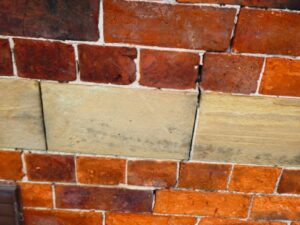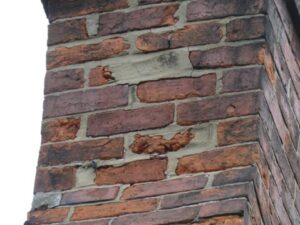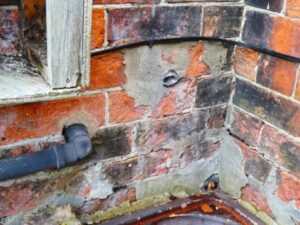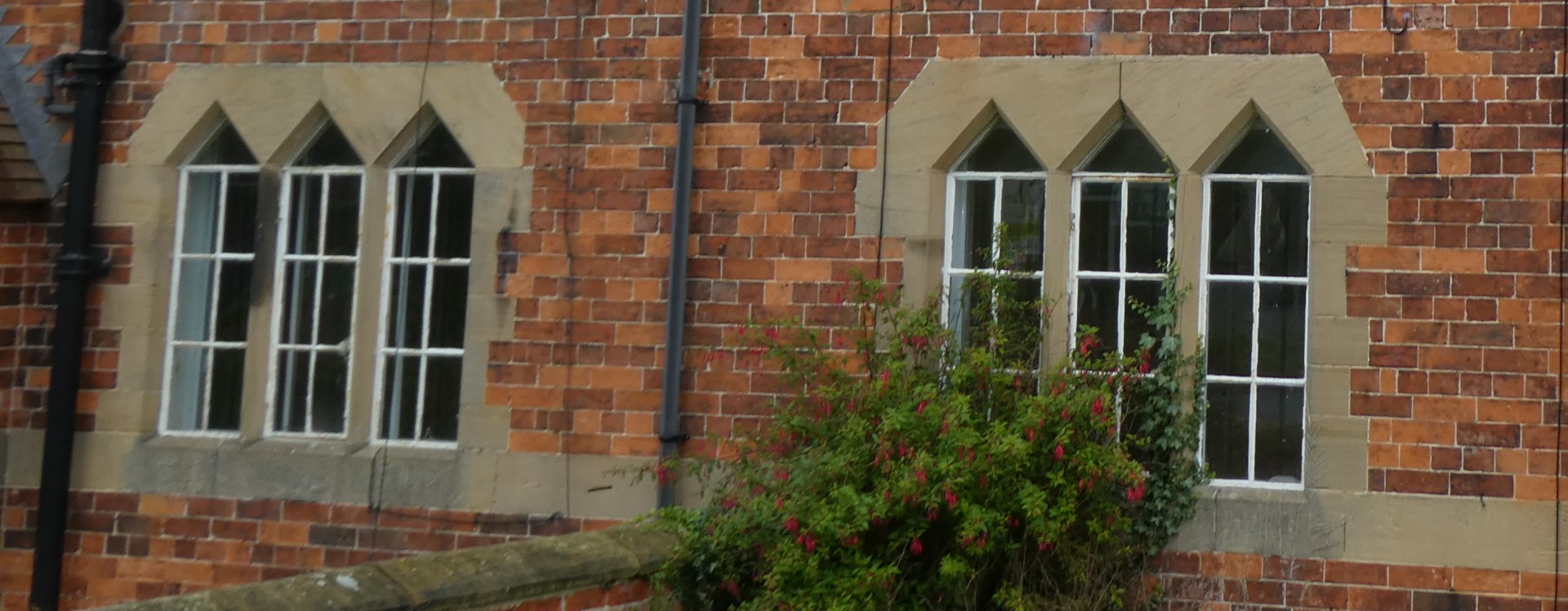Our York building surveyors regularly survey listed buildings and period homes. They have a deep understanding of the particular quirks and defects common to these properties, as well as the importance of using appropriate building materials and techniques in repairs and maintenance.
Historic cottage designed by a renowned architect
While surveying this grade II listed cottage, we uncovered some fascinating details about its origins. Rather suprisingly for a modest-sized cottage in a North Yorkshire village, the plans for the building had been designed by the esteemed architect William Butterfield. Butterfield was known for designing numerous high profile churches and various secular buildings across the country. From Keble College in Oxford to All Saints church in Margaret Street, London, his work was well known and highly respected. However, aside from a couple of neighbouring houses and the church and school local to this cottage, Butterfield did very little in Yorkshire, making this home even more special.
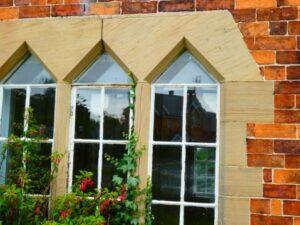
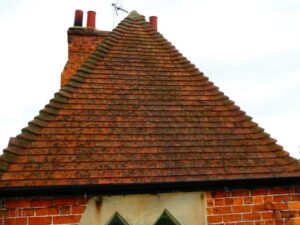
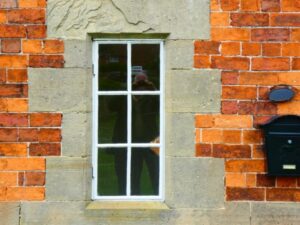
Key survey considerations
Some of the striking features that led to the listing of the property are among the most important considerations regarding maintenance of the property. These features include the gothic-style windows with sandstone mullions and iron casements, as well as the traditional mortar and masonry.
During a building survey of an older house, our surveyors not only look out for defects and maintenance needs, but also make sure they provide advice on the correct ways to repair and rectify any issues. It is imperitive to use appropriate building materials and construction techniques when doing any works to a property like this. This is not only to ensure that the historic nature of the building is maintained; it is also vital for keeping the property functioning effectively and preventing future damage.
Stonework
As with all properties, this home will need regular maintenance and periodic repairs and replacements. Our surveyor called out the fantastic gothic windows, with their sandstone mullions and iron casements. Over time, the mullions will need work, at which point a skilled stonemason competent with traditional methods of construction will be needed, to ensure updates are sympathetic to the original design. Furthermore, the iron window casements will need to be carefully reserved and replaced, and temporary supports used in the opening while work is underway. Estimated costs and timelines for works such as this are provided in the survey report, so that buyers can budget for the future.
Mortar and masonry
Patch repairs with cement-based mortars are commonly seen on walls of properties of this age. Cement, however, is not a suitable material for pointing these traditionally built walls, and its use can lead to damage and erosion of the brickwork. This is because, unlike lime-based mortars that were used to build properties like this one, cement mortars do not allow moisture to evaporate. Water is then absorbed by the brickwork and damp stains can appear on internal walls. Lime, on the other hand, is breathable, allowing water to evaporate and preventing moisture build up in the fabric of the building.
Our York surveyor Paul Cunniff couldn’t have put it better:
“The key to moisture management in an historic wall is to work with the construction materials and not against them.”
